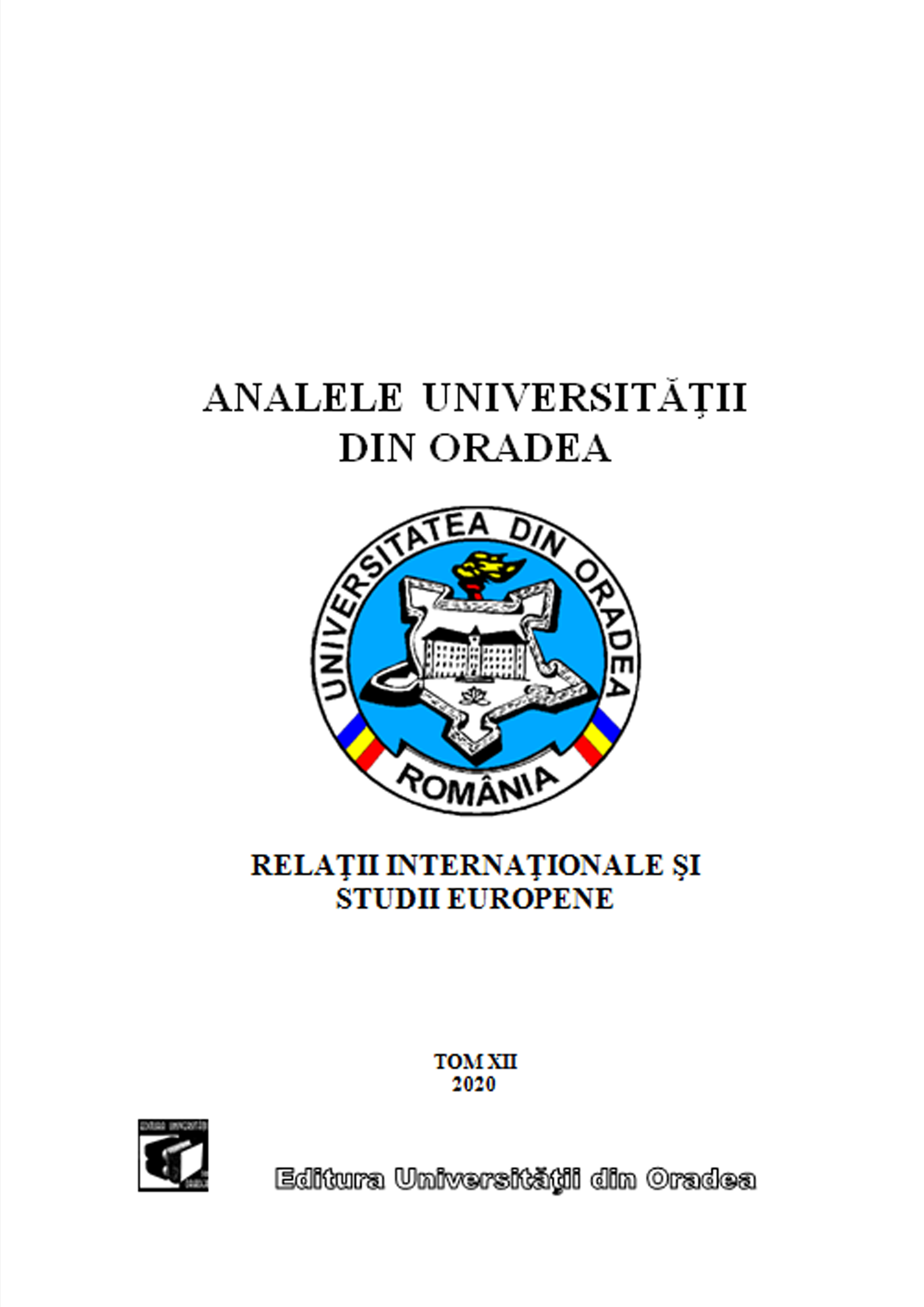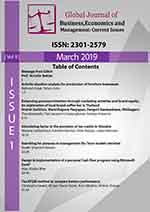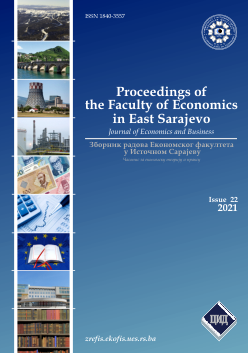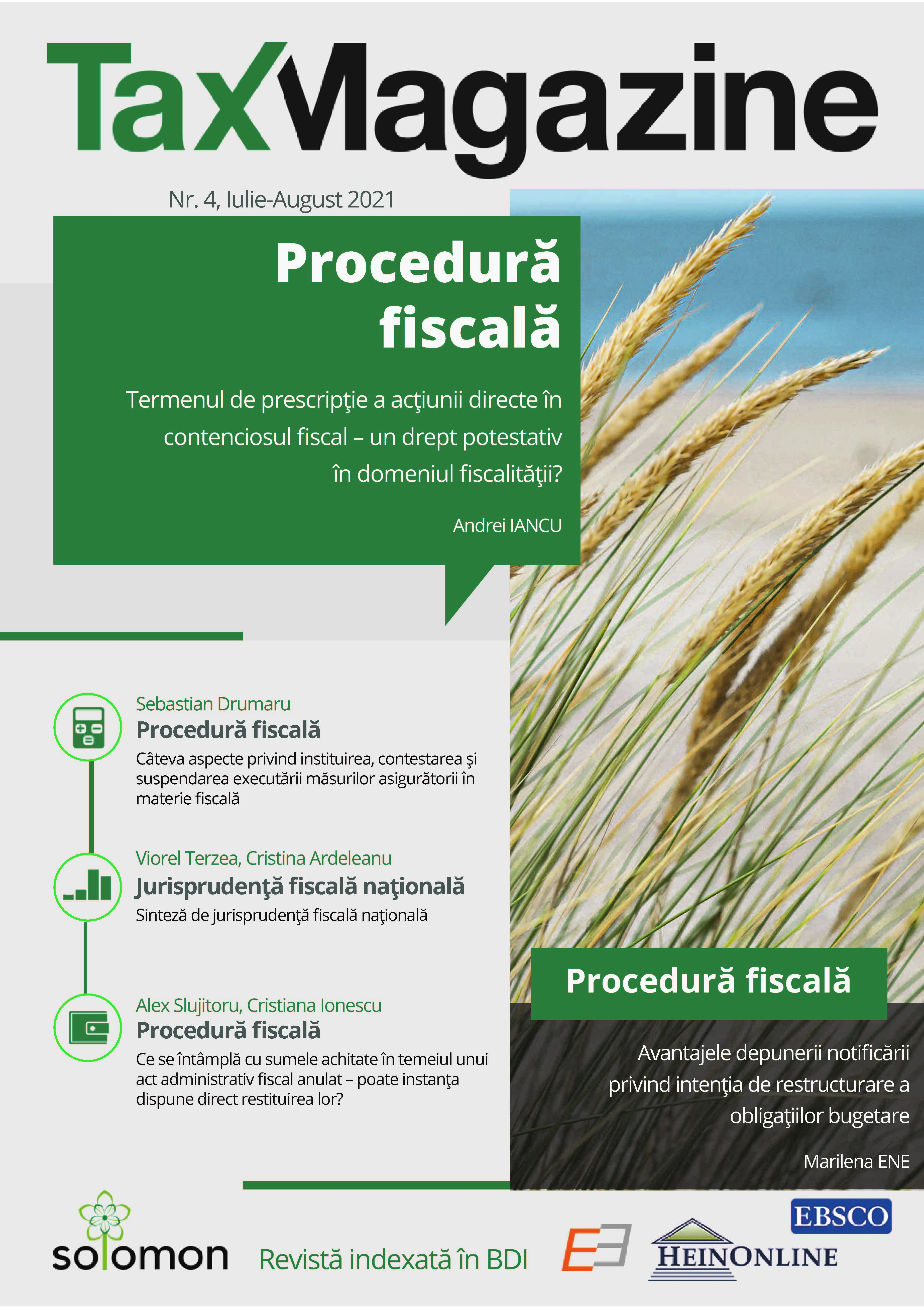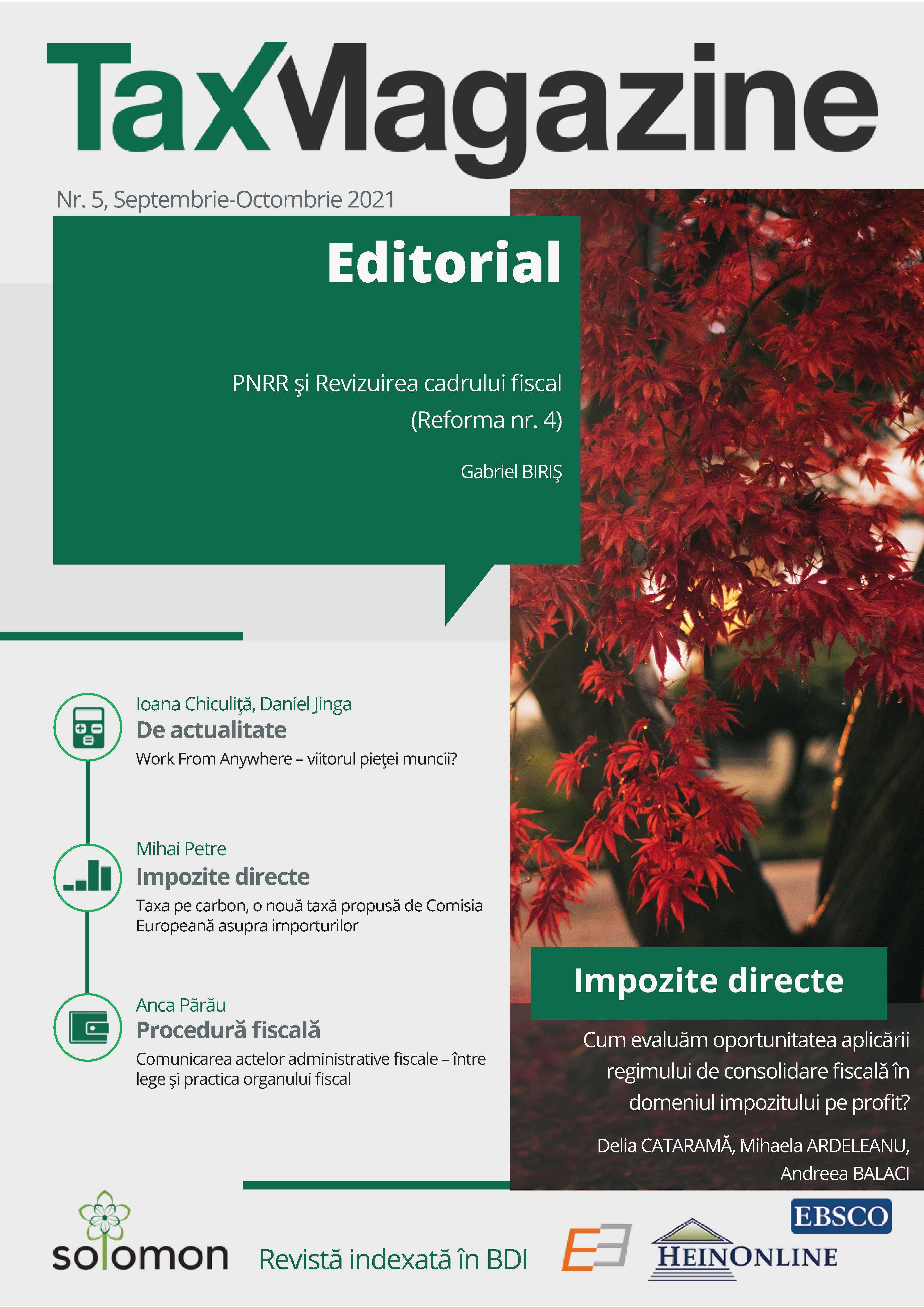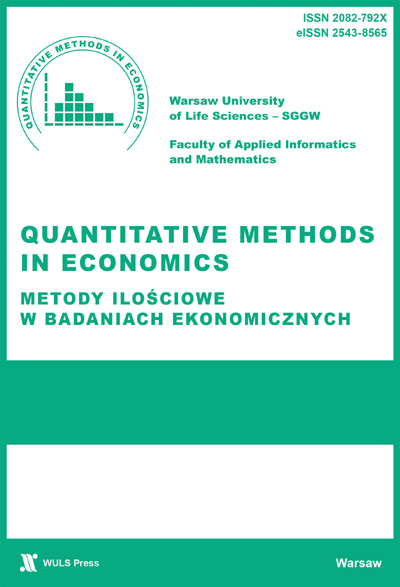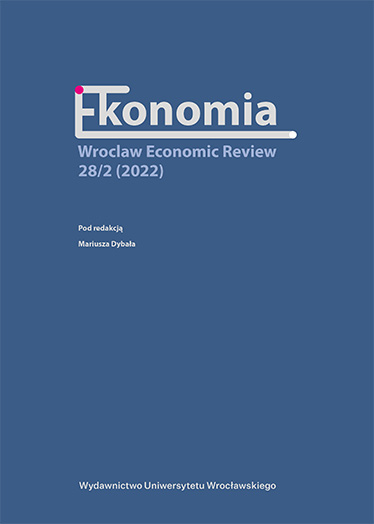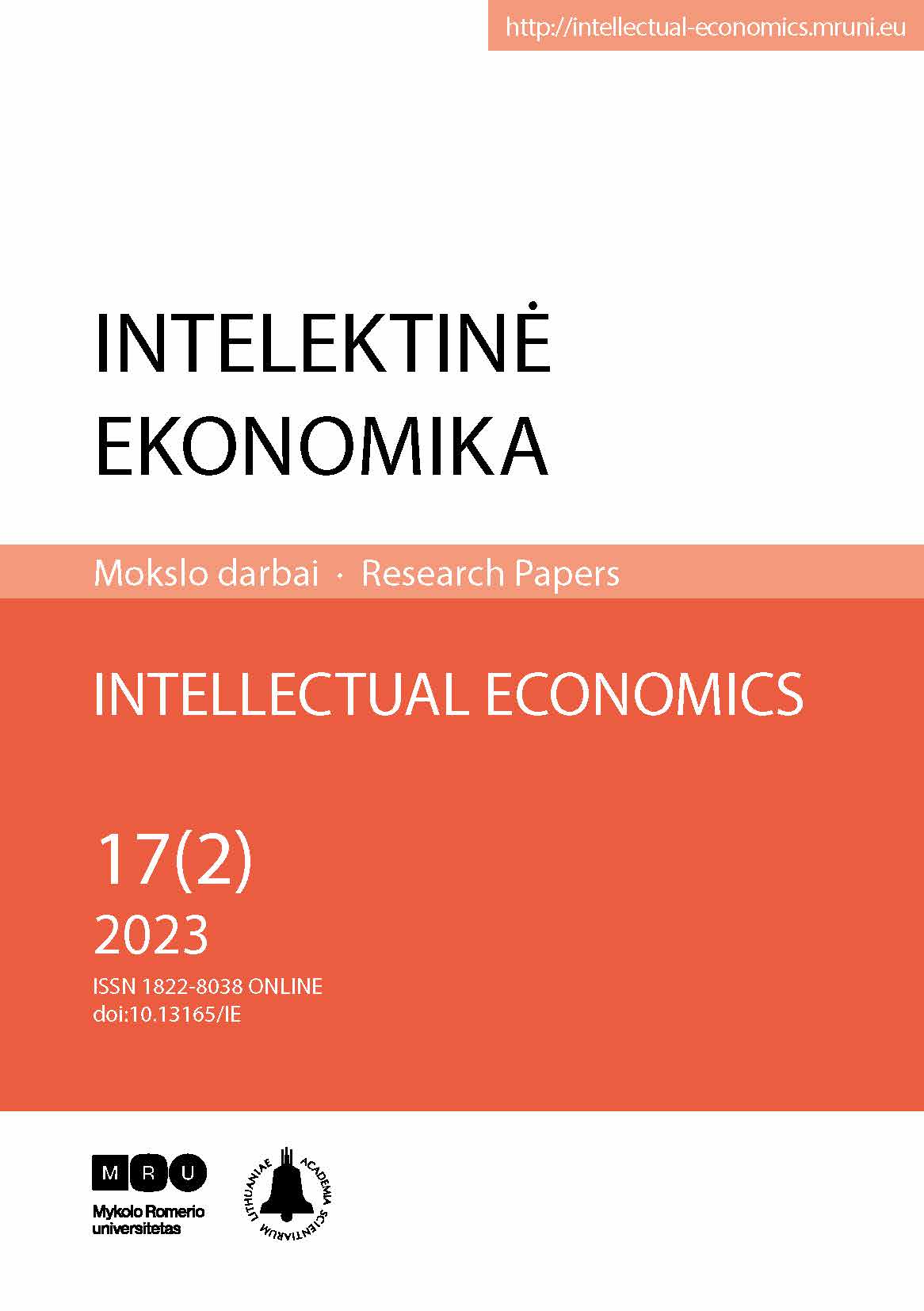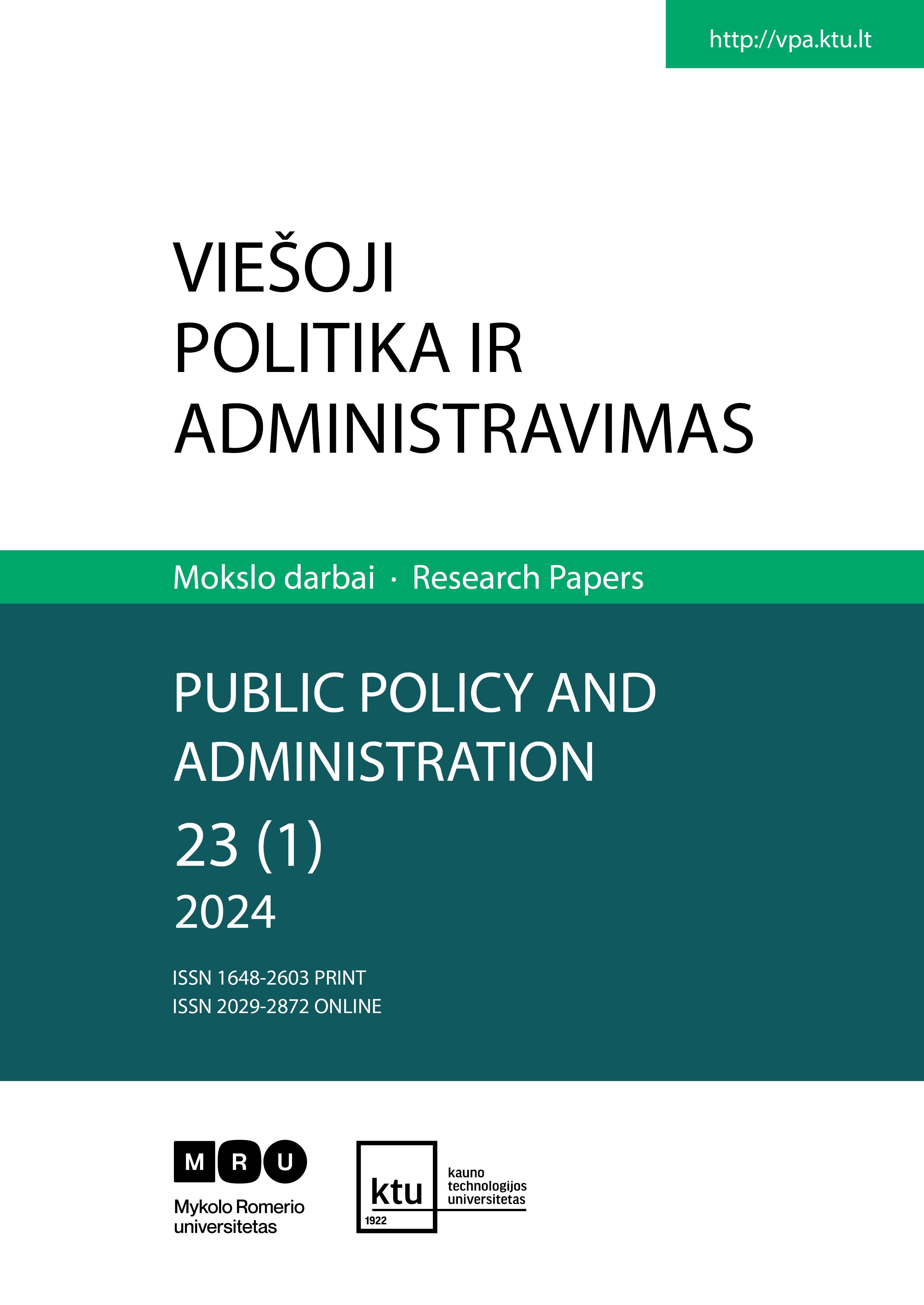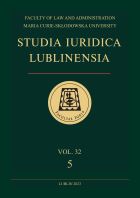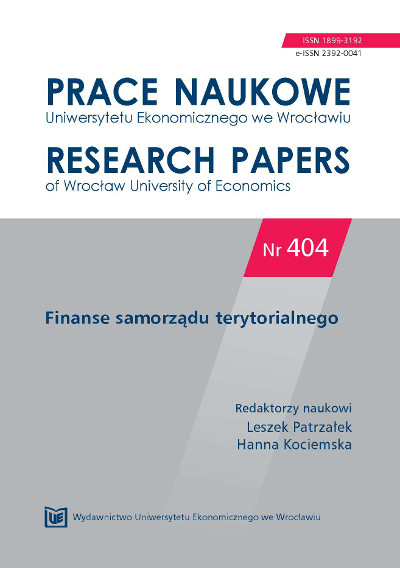
Determinanty reguł fiskalnych w zarządzaniu zadłużeniem jednostek samorządowych
Local government debt is perceived as a substantial threat to the public finances. General government is concerned to ensure that local government units do not overuse the returnable financing − as it limits the possibilities to incur liabilities − and it is expected that the acquired financing will be optimally used. To reach this goal in subsequent legal acts the General government has set fiscal rules which require the compliance of the decision-making people representing local government units. It must be noted that to meet the expectations of the public authority towards debt policy of the local government units, the fiscal rules have to be flexible and also contribute to effective financial management within the local government units. The aim of this article is to present the fiscal rules valid since 2014 concerning debt in the local government sector and to provide an evaluation of the possibilities to use parameters determining individual debt indicators in the process of debt management in local government units. To reach this aim there will be presented theoretical considerations as well as the analysis of determinants of the debt level of the local government units with the use of statistical data over the time period 2008-2014.
More...



